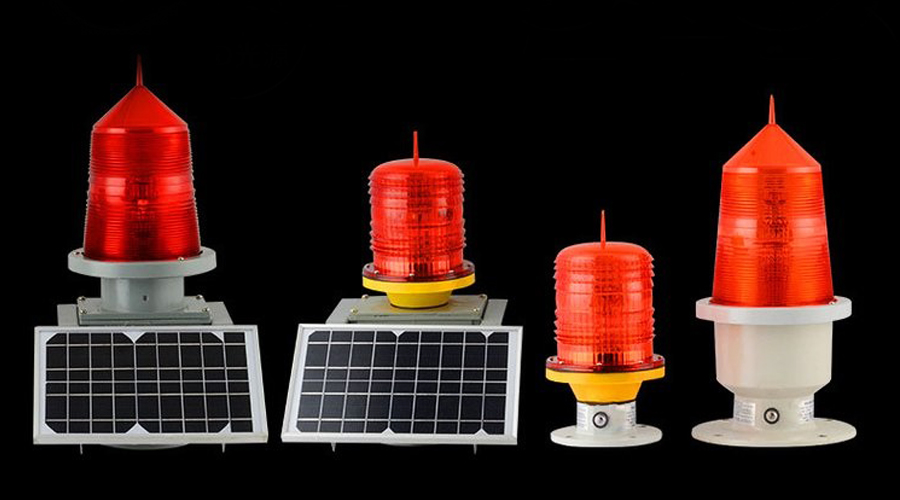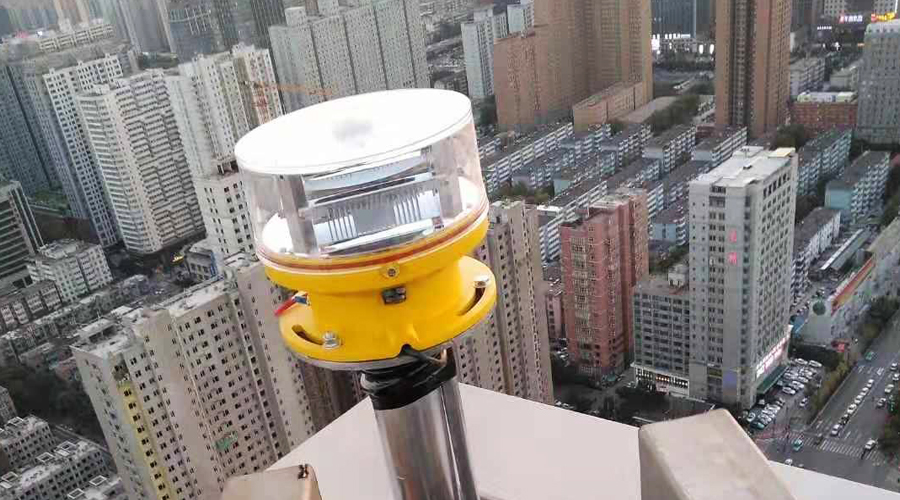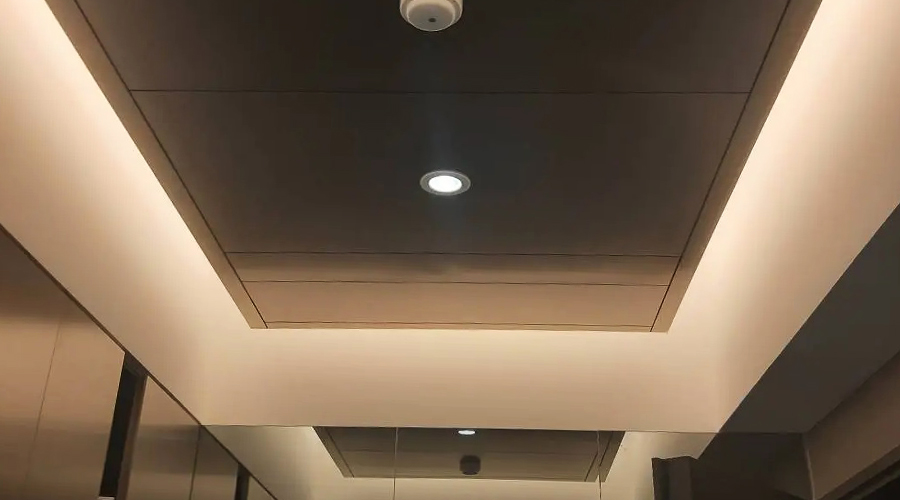
Obstacle Light Aviation Lighting Requirements
Obstruction light aviation lighting requirements, learn more about the requirements of low-intensity, medium-intensity, and high-intensity obstacle lights.

Aviation lighting requirements: mainly involve technical requirements, test inspection methods and inspection rules for aviation obstruction lights and signs.
These regulations apply to fixed buildings, structures, airport mobile objects and overhead lines, etc. In addition, there are specific requirements for the height of the lamp post, which usually needs to be more than twice the height of the pilot’s eyes on the aircraft, but it must also comply with relevant regulations. Today we will take a closer look at the requirements for airfield lighting.
To ensure the safety of aircraft navigation, high-altitude obstruction lights/aviation obstacle signs, the installation standards are as follows:
· High-altitude aircraft warning lights: installation target items
Objects with a height of more than 60 meters
Objects very close to the approach surface, transition surface or horizontal surface (for government-managed airports, objects located nearby) Items are within 6 meters below the surface. )
A. The minimum projection width (antenna) of objects such as chimneys, towers, and columns that are visible 360 degrees horizontally.
B. Wind power generation facilities
C. Frame structure
D. Overhead lines designated by the Land and Transportation Announcement
1. Optical performance
The brightness should meet the minimum light intensity requirements specified in the relevant standards to ensure visibility under various weather conditions.
The flashing frequency should comply with the specified frequency range to ensure that it can be identified at a long distance.
2. Electrical performance
The power supply voltage and current should meet the design and standard requirements to ensure the normal operation of aviation lights.
Consider energy-saving requirements while ensuring sufficient brightness.
3. Environmental adaptability
The waterproof and dustproof level should generally reach IP65 or higher standards to adapt to outdoor environments.
The vibration and impact resistance should meet the relevant vibration and impact test requirements to ensure long-term stability.
4. Weather resistance
Can adapt to adverse weather conditions such as high temperature, low temperature, rain, snow, wind and sand.
5. Installation & maintenance
Easy to install and maintain, the design should consider the convenience of light source replacement, cleaning and troubleshooting.
6. Safety & performance verification
Must pass the prescribed tests, such as light intensity test, weather resistance test, vibration and impact test, etc.
The above is part of aviation lighting requirements. If you have more questions or have any needs for aviation obstacle warning lights, please feel free to contact us.

Obstruction light aviation lighting requirements, learn more about the requirements of low-intensity, medium-intensity, and high-intensity obstacle lights.

ICAO guidelines for aviation light is installation standard for obstacle lighting, which is mainly used to warn the existence of

Aviation lighting requirements include many, article mainly describes the installation & technical specifications of aviation obstruction lights for obstacles.

High intensity obstacle lights the setting is mainly reflected in high light intensity, high installation height and brighter light source.

LED downlights are used on yachts, that is, marine spotlights, also called ceiling lights, for interior lighting of ships and
Copyright © 2024 Shaanxi Yuefeng Feiyao Technology Co., Ltd. | Powered by YFFY Lights